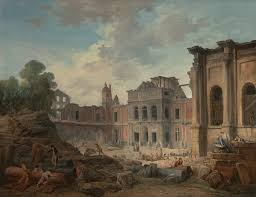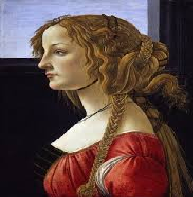
Contemporary American artist: Michael Arcega
Contemporary American artists address a wide range of topics relevant to us. These topics include: maintaining cultural traditions, racism today, struggles of immigrants, war, the environmental crisis, gender discrimination, and political controversies. Some artists explore subjects about racism and discrimination in America’s past. Others focus upon globalization or issues relevant to the country of their family’s origin. Creativity is used to express these concerns along with cultural identity. How do artists address current topics in their artworks? In what ways do artists today include culture in art? Choose one contemporary artist from the list below to describe in your paper. I have included an image of one example of each artist’s work to begin to get your interest.
Write a research paper (1400 words minimum -PROVIDE A WORD COUNT),which includes the following
:1.An introduction to your topic. It would be possible to write an entire book about any of these artists. You will have to select some specific aspect of their work to discuss. Make sure to include a clear thesis statement. For example, you might find a common subject or theme the artist addresses. What do you have to say about this artist and his/her work? -Do NOT write a biography of the artist. Include biographical information relevant to the artist’s work, then expand upon your thesis and the artworks.
- As best as possible, discuss the context(s) of the art you are addressing. What does the art reveal about culture, multiculturalism, the artist’s ethnic background or gender? Does the artwork address any current issues relevant to the artist or her/his community? Does the art address themes that are personally relevant to you?***I encourage you to use information from personal interviews from the community. Include the name of the person that you interviewed and date in a Works Cited list. For example, if your paper is about an artist who addresses Korean immigration as a topic, you could interview a Korean-American friend at work for useful information. You might want to show some of the artist’s work to the person you are interviewing.
- Pick representative examples of artworks by the artist to illustrate your thesis. Include images of the works you discuss. Identify, if possible, each of these works by title and date. Describe what you see depicted in the art. However, do not just describe the context of the art. Think about it. Describe how the artist uses color, images, material, composition, etc. to express themes in the art. Often an artist’s work draws on imagery from other sources or traditions. What are some of the sources for the work you are discussing? Why has the artist made these choices? Have fun and be creative!
- Academic research papers must include notes/citations in the body of the text to show how sources are used to support the statements made. For example, if you state where an artist was born, how do you know? What is your source of information? You do not need to cite sources for things that are generally known or are your personal opinion. If you include a direct quote from a source, put it in quotation marks or blockquote format and cite your source. Quotes should not make up more than 20% of your paper.!!!!!!
5.Conclusion. What do you think about this artist’s work? How does it relate to the subject of the class? What have you learned about art by studying this work?
- Include a bibliography (Works Cited list). Use at least four different (in addition to Wikipedia if you use) sources and use documentation (citations or notes) in the body of your paper to show how these sources are used. Do not use information or analysis from sources you do not cite and present it as your own. This is plagiarism and will not be tolerated.
We can write this or a similar paper for you! Simply fill the order form!












